Two Drawbacks of Green Roofs You Should Know
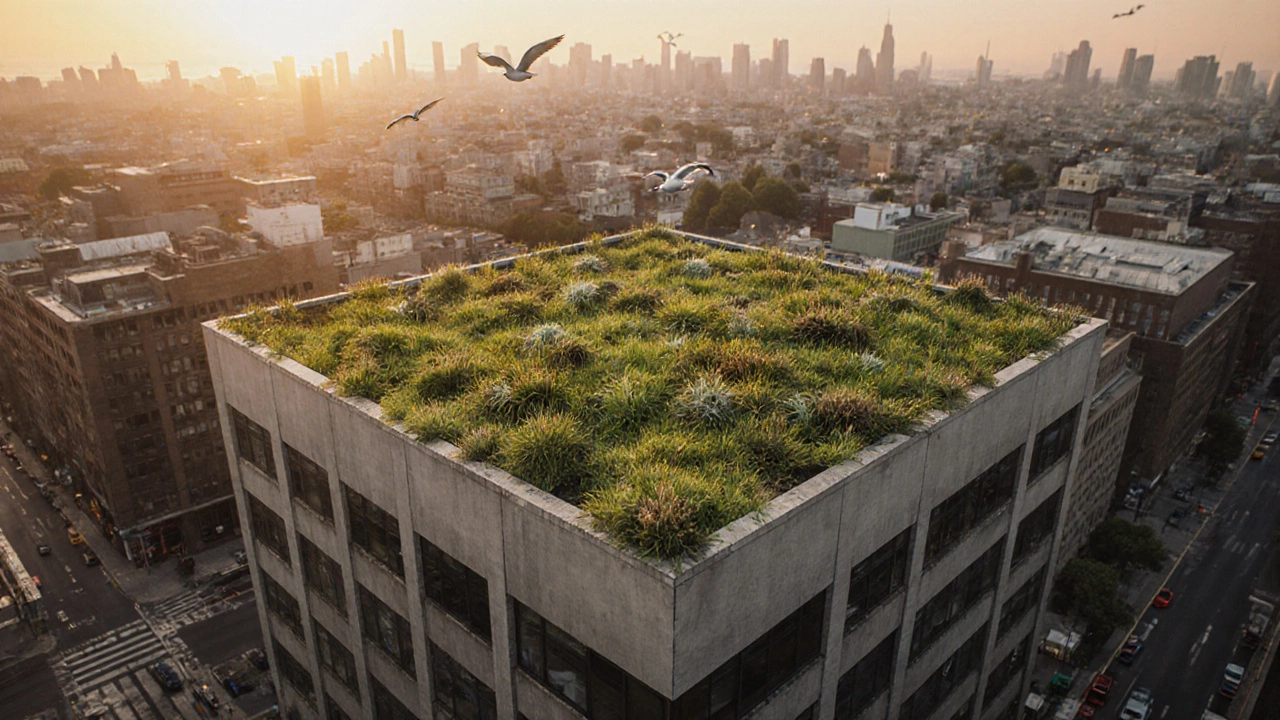
Two Drawbacks of Green Roofs You Should Know
Green Roof Load & Cost Calculator
When people hear about green roofs, they often imagine lush gardens perched atop city buildings, shaving off heat and catching rain. While those benefits are real, every solution comes with trade‑offs. Below we’ll break down the two biggest drawbacks that can catch even seasoned gardeners off guard, and show you how to handle them without losing the eco‑appeal.
What Is a Green Roof?
Green roof is a roof surface that’s covered with a waterproof membrane, soil media, and a selection of hardy plants. The system typically includes a drainage layer, a root‑blocking layer, and sometimes irrigation. Designed to mimic natural ground, a green roof can cut down on storm‑water runoff, lower indoor temperatures, and provide habitats for pollinators.
Drawback #1: Extra Structural Load and Higher Installation Costs
One of the first things architects and property owners ask is, “Can my building handle the extra weight?” The answer depends on the design of the roof and the type of green roof system. A structural load refers to the total weight a roof can safely support, measured in kilograms per square meter (kg/m²). A typical extensive green roof adds about 40-80kg/m², while intensive systems with deeper soil and larger plants can push 150-300kg/m².
If the existing roof wasn’t engineered for that extra mass, you’ll need a structural assessment, reinforcement, and possibly a new supporting framework. Those upgrades aren’t cheap. According to a 2023 construction survey in Auckland, retrofitting a medium‑rise building for an extensive green roof added an average of NZ$250 per square metre to the project budget.
Beyond the upfront expense, the added weight can also affect long‑term maintenance. Heavier roofs experience greater stress on fasteners, flashing, and waterproof membranes, potentially shortening their service life if not properly installed.
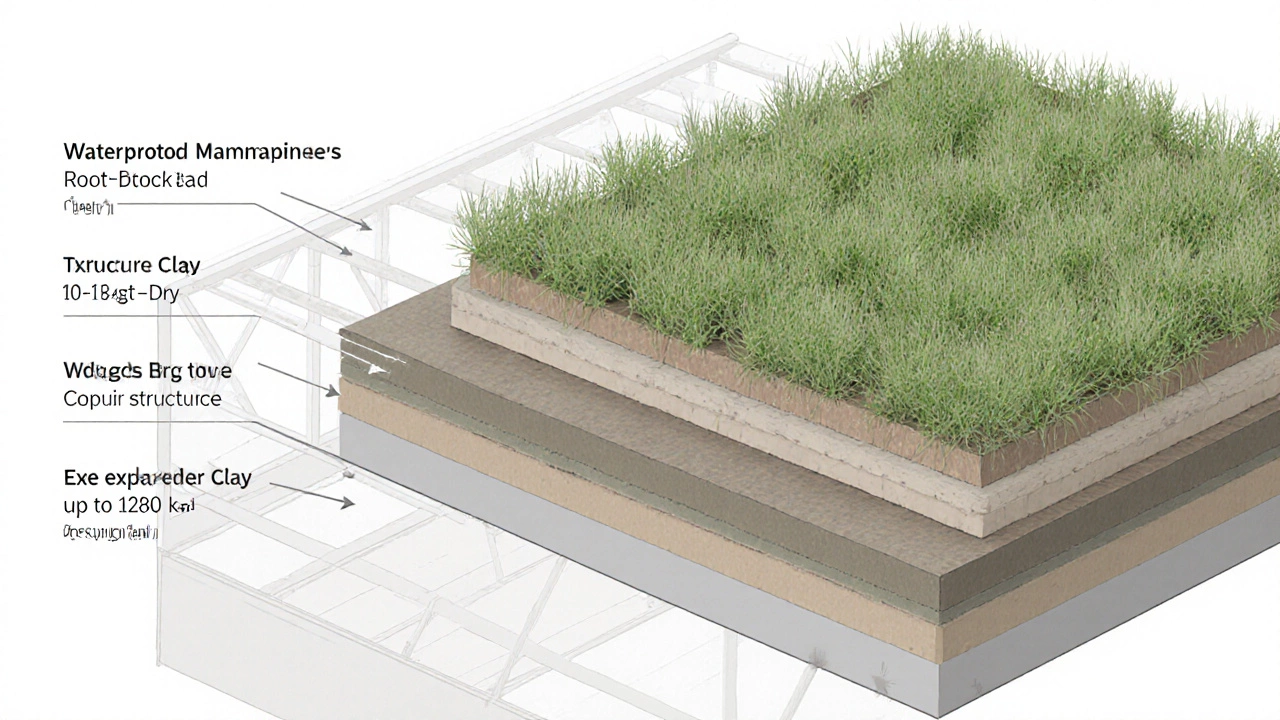
Drawback #2: Ongoing Maintenance, Water Leakage Risks, and Plant Selection Challenges
Green roofs aren’t “set it and forget it” installations. They demand regular upkeep to stay functional and attractive. A key factor here is maintenance cost. In the first few years, you’ll need to weed, replace dead plants, and check drainage pathways. Annual maintenance budgets for extensive systems range from NZ$15-30 per square metre, while intensive roofs can exceed NZ$70 per square metre.
Moisture management is another hidden pitfall. Poor drainage or clogged layers can lead to water leakage into the building envelope. Over‑watering, especially in regions with high rainfall like Auckland, stresses the waterproof membrane and can cause rot or mold inside the structure. Regular inspections of the drainage mat and overflow outlets are essential to avoid costly repairs.
Finally, choosing the right plants-known as plant selection-is critical. Species must tolerate shallow soils, wind exposure, and occasional drought. If you select ornamental varieties that need deep rooting or frequent fertilization, you’ll face higher upkeep and lower survivability, eroding the sustainability benefits.
Quick Comparison of the Two Main Drawbacks
| Aspect | Structural Load & Cost | Maintenance & Water Issues |
|---|---|---|
| Primary Concern | Building reinforcement, upfront budget | Ongoing labor, irrigation, leak prevention |
| Typical Extra Cost | NZ$200-250/m² for retrofits | NZ$15-70/m² annually |
| Risk if Ignored | Structural failure, roof collapse | Water damage, plant loss, higher long‑term expenses |
| Mitigation Strategies | Hire structural engineer, use lightweight media | Install quality drainage, schedule quarterly inspections |
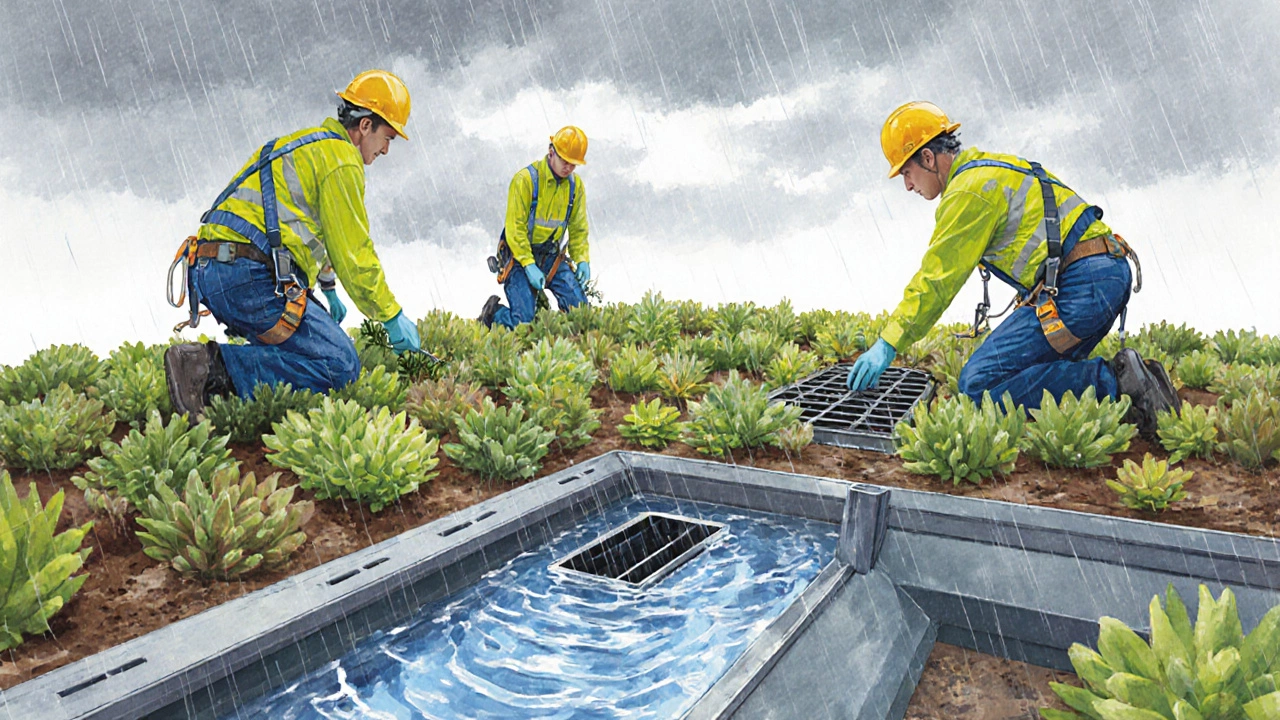
How to Mitigate the Drawbacks
- Get a professional structural assessment early. Many engineers use a simple load calculator that factors in soil depth, plant weight, and saturated water weight.
- Choose a lightweight soil media specifically designed for extensive roofs. These blends often contain expanded clay or perlite, cutting weight by up to 30%.
- Invest in a high‑quality drainage layer with built‑in overflow outlets. Regularly clear debris to keep water moving.
- Plan a maintenance schedule: weed in spring, check for dry spots in summer, prune in autumn, and inspect for frost damage in winter.
- Select native or drought‑tolerant species such as Sedum spp., Carex testacea, or low‑maintenance grasses. These plants need less fertilizer and water, reducing both cost and leak risk.
- Consider a modular green roof system that allows panels to be lifted for inspection. This makes it easier to spot membrane wear before it becomes a leak.
Checklist Before You Start
- Confirm roof’s load‑bearing capacity with a licensed structural engineer.
- Decide between extensive (lighter, cheaper) and intensive (deeper, more expensive) systems.
- Source a certified lightweight soil mix and a durable waterproof membrane.
- Design a drainage plan that includes overflow routes and inspection hatches.
- Choose plant species suited to your climate and roof exposure.
- Set a realistic budget that covers both initial installation and at least three years of maintenance.
- Schedule regular inspections-quarterly is ideal for most Auckland climates.
Frequently Asked Questions
Will a green roof increase my property value?
Yes, studies in New Zealand show a 5-7% uplift in resale value for homes with well‑maintained green roofs, mainly because of energy savings and aesthetic appeal.
How much extra weight does a typical extensive green roof add?
An extensive system usually adds 40-80kg/m² when dry and up to 120kg/m² when fully saturated with water.
What are the cheapest plants for a low‑maintenance roof?
Sedum varieties, especially Sedum reflexum and Sedum album, are among the most affordable and resilient choices.
Can I install a green roof myself?
DIY is possible for small, extensive systems on single‑family homes, but you still need professional verification of structural capacity and waterproofing.
How do I prevent water leakage?
Install a high‑quality drainage mat, ensure all overflow outlets are clear, and conduct semi‑annual membrane inspections.
About
Gardener Support India is your go-to online destination for expert advice on gardening and horticultural services in India. Whether you're a beginner or an experienced gardener, our platform offers extensive resources, tips, and support tailored to Indian climates and plant species. Explore a wide range of guides on plant care, sustainable gardening practices, and innovative gardening solutions. Connect with local experts to enhance your gardening experience and maintain a flourishing garden. Our dedicated services aim to empower Indian gardeners with the knowledge and tools needed for a successful gardening journey.
Latest Posts
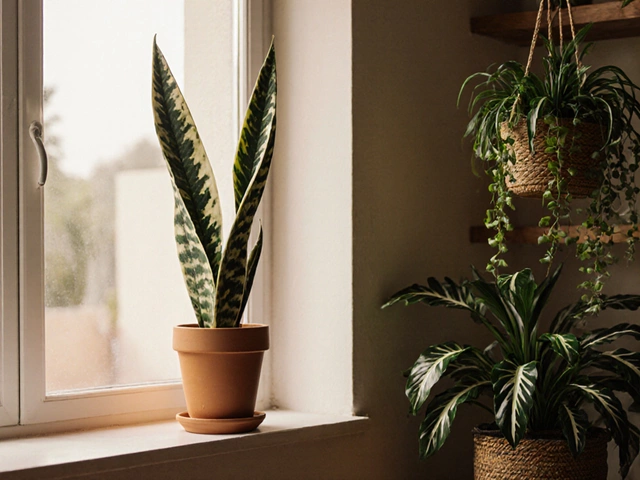
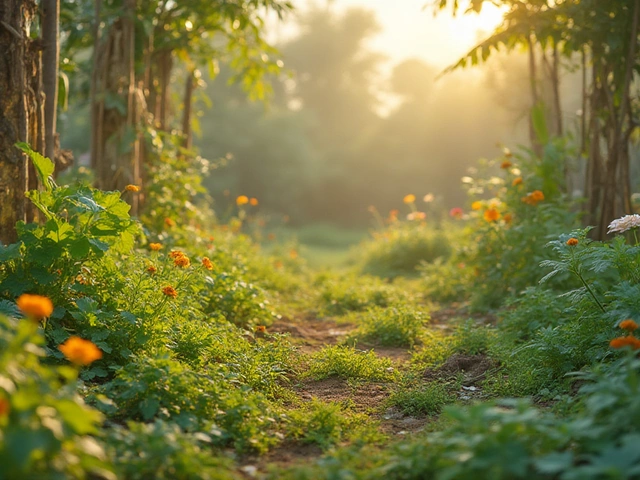
Alternative Pest Control: Natural Solutions for Safe Gardening
By Alden Thorne Jul 15, 2025

The Reigning Queen of Indian Vegetables: Brinjal Unveiled
By Alden Thorne Nov 22, 2024
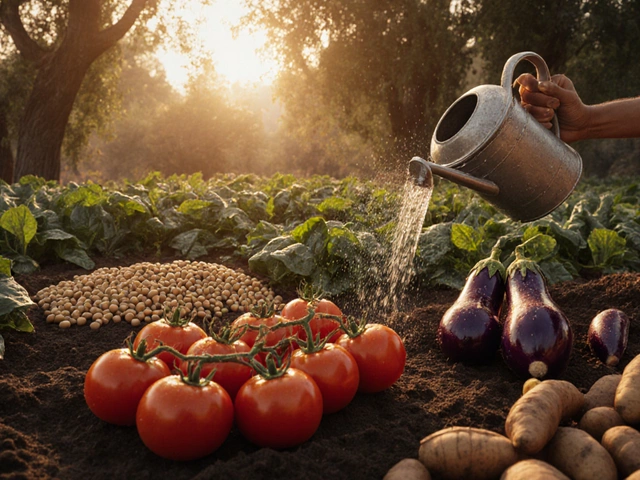
What Is the One Vegetable That Damages Your Insides? The Truth About Nightshades in Indian Gardens
By Alden Thorne Oct 27, 2025
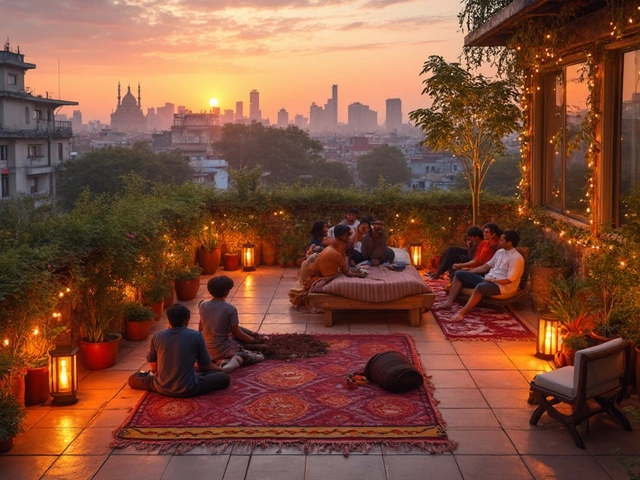
Write a comment